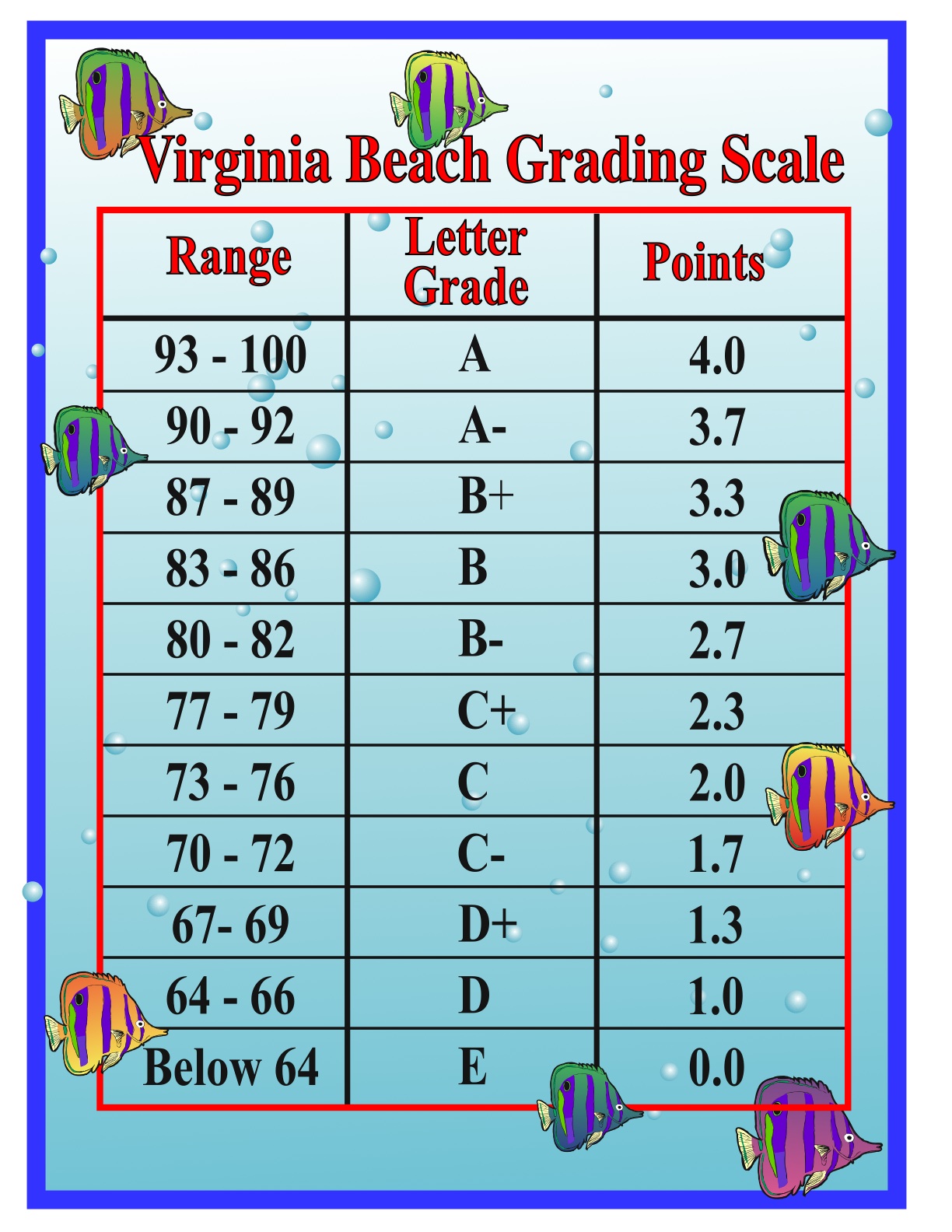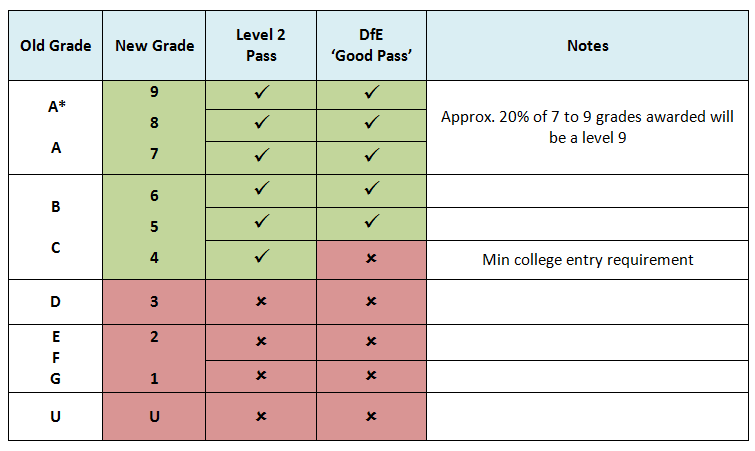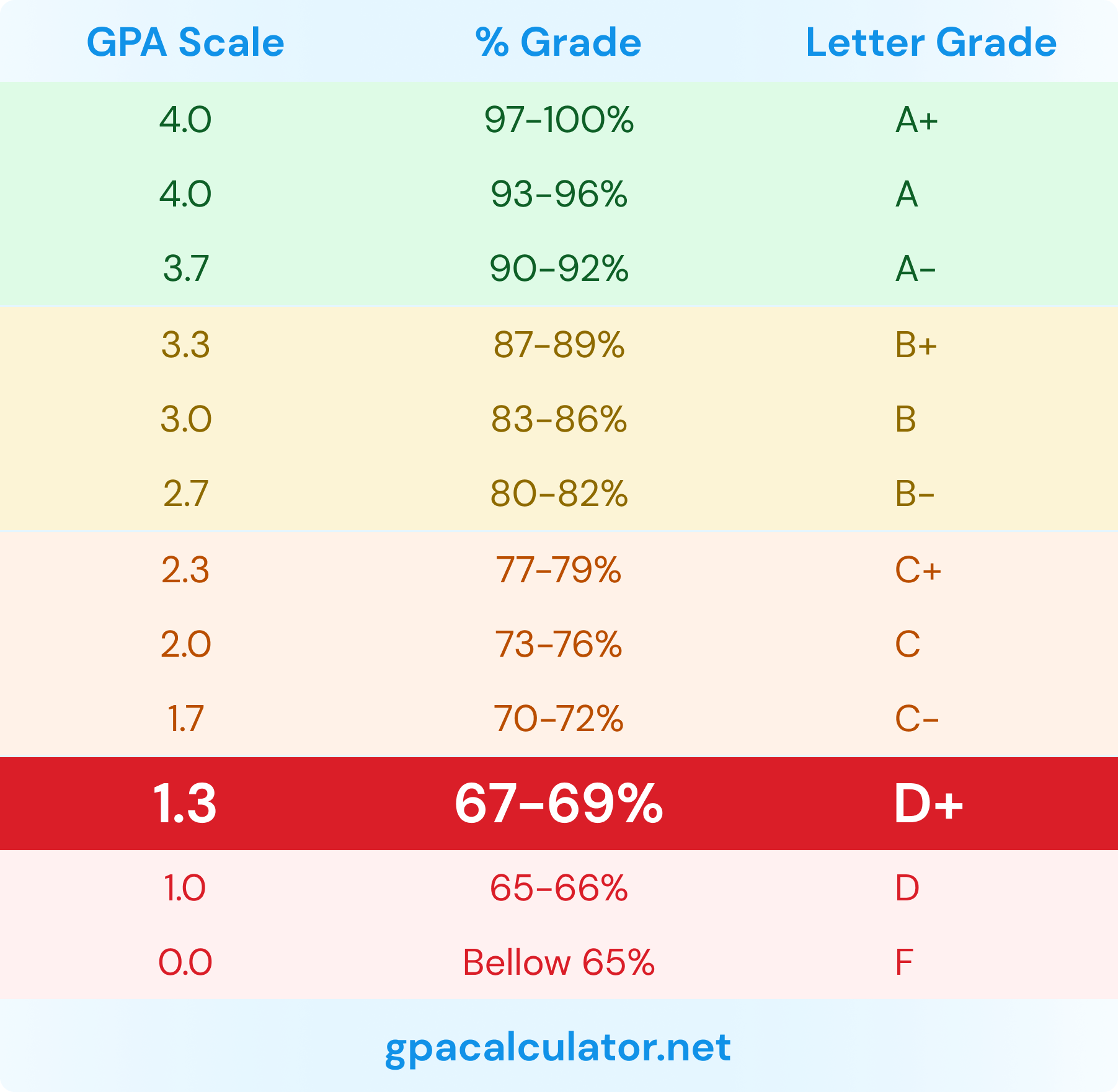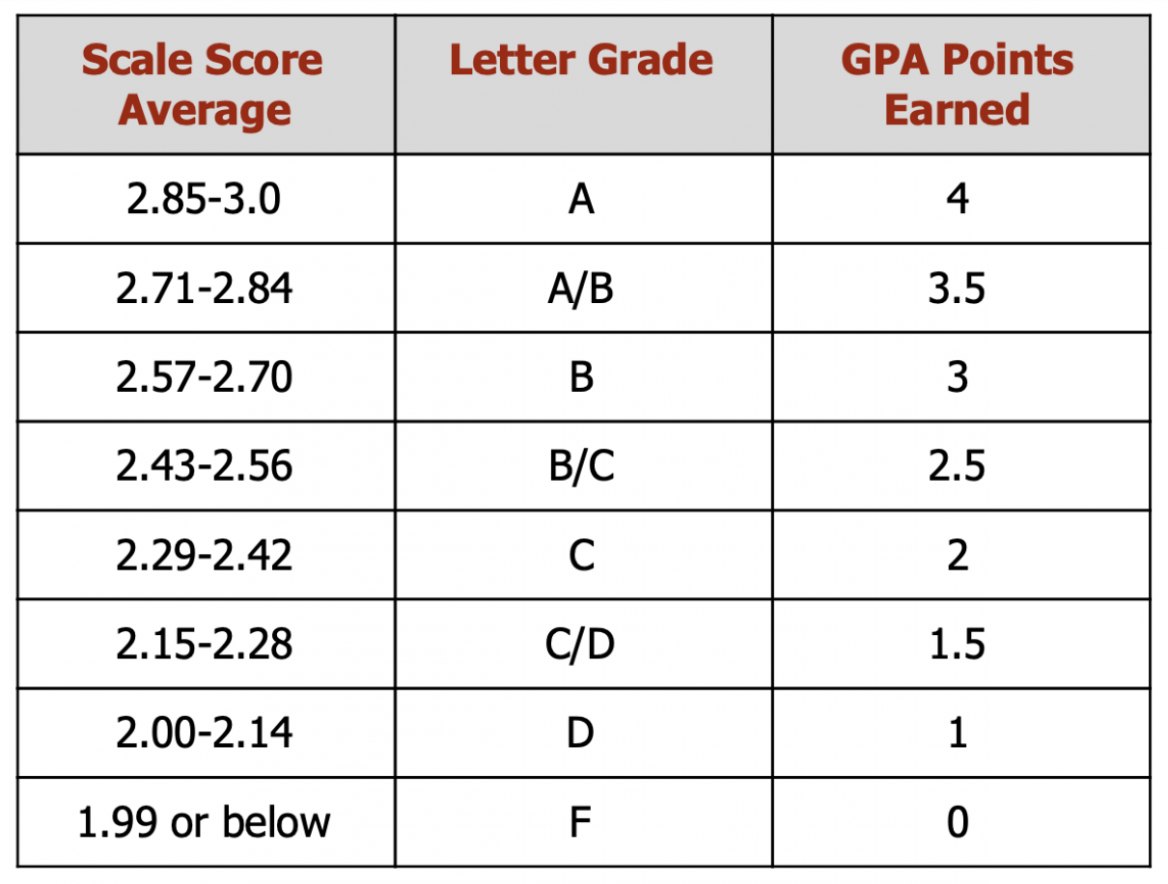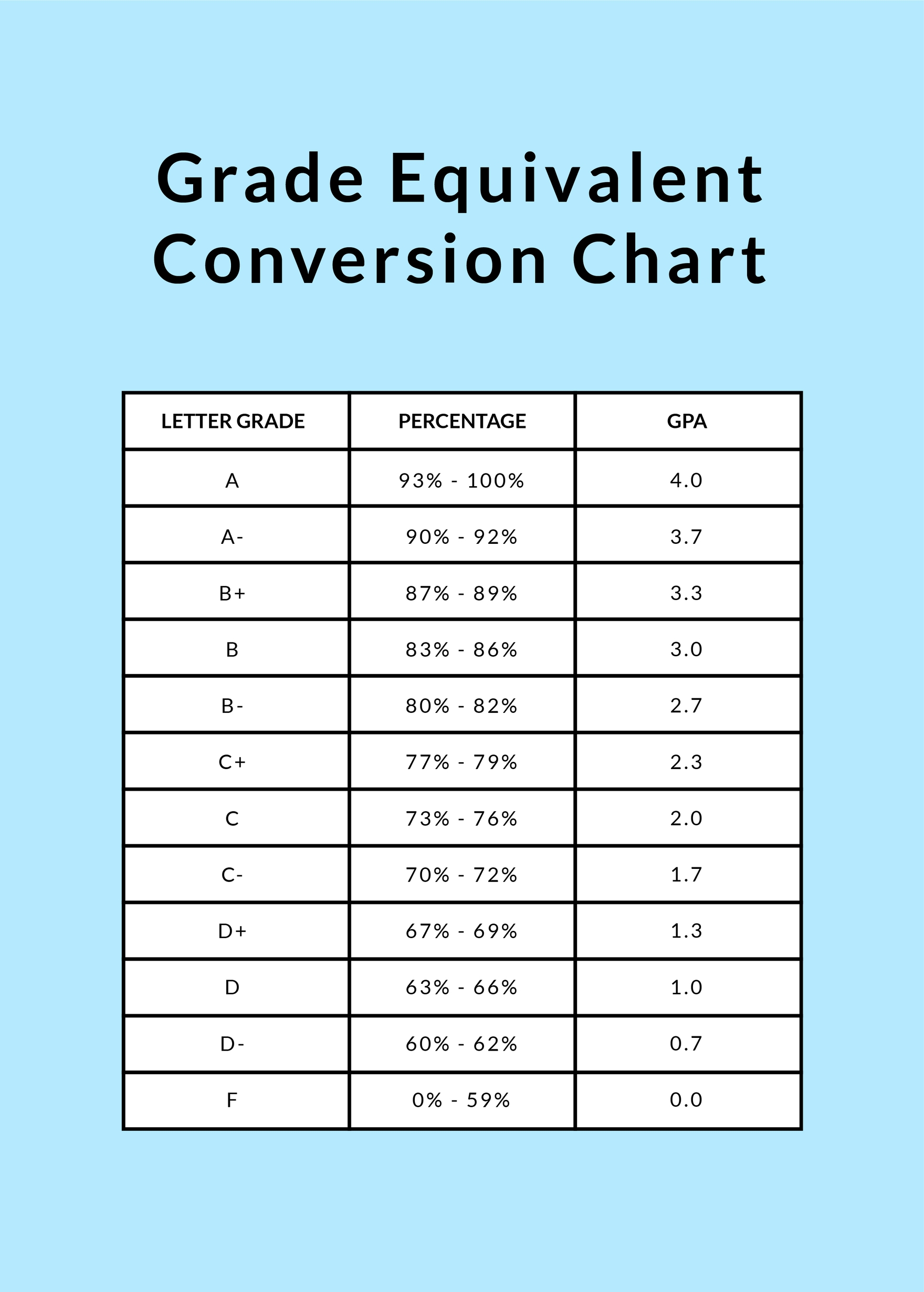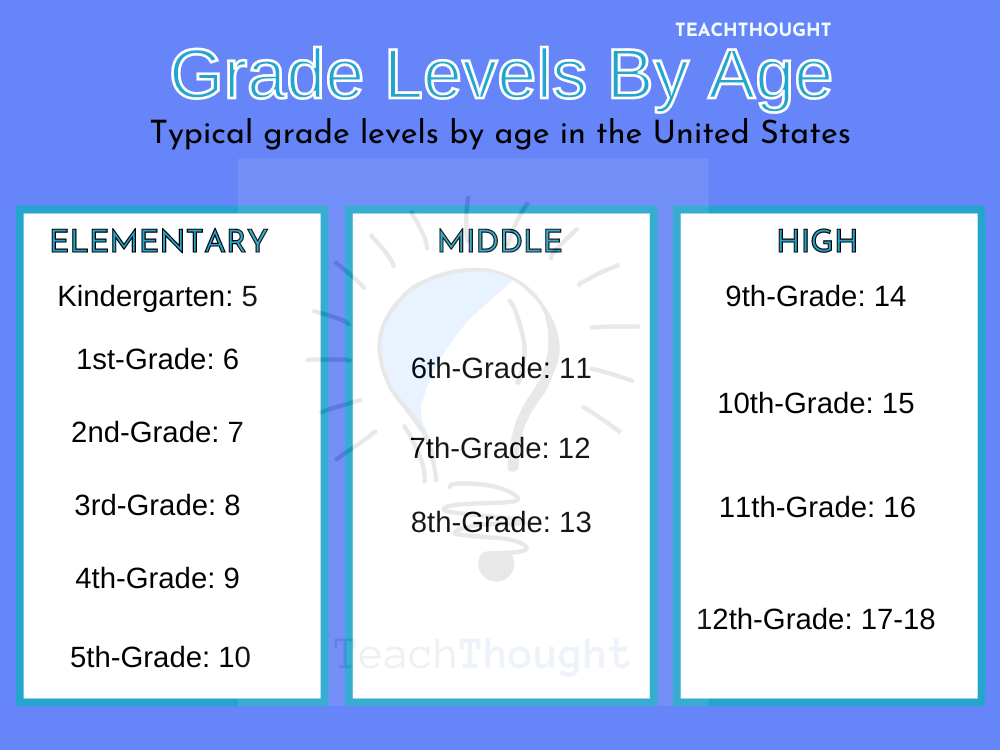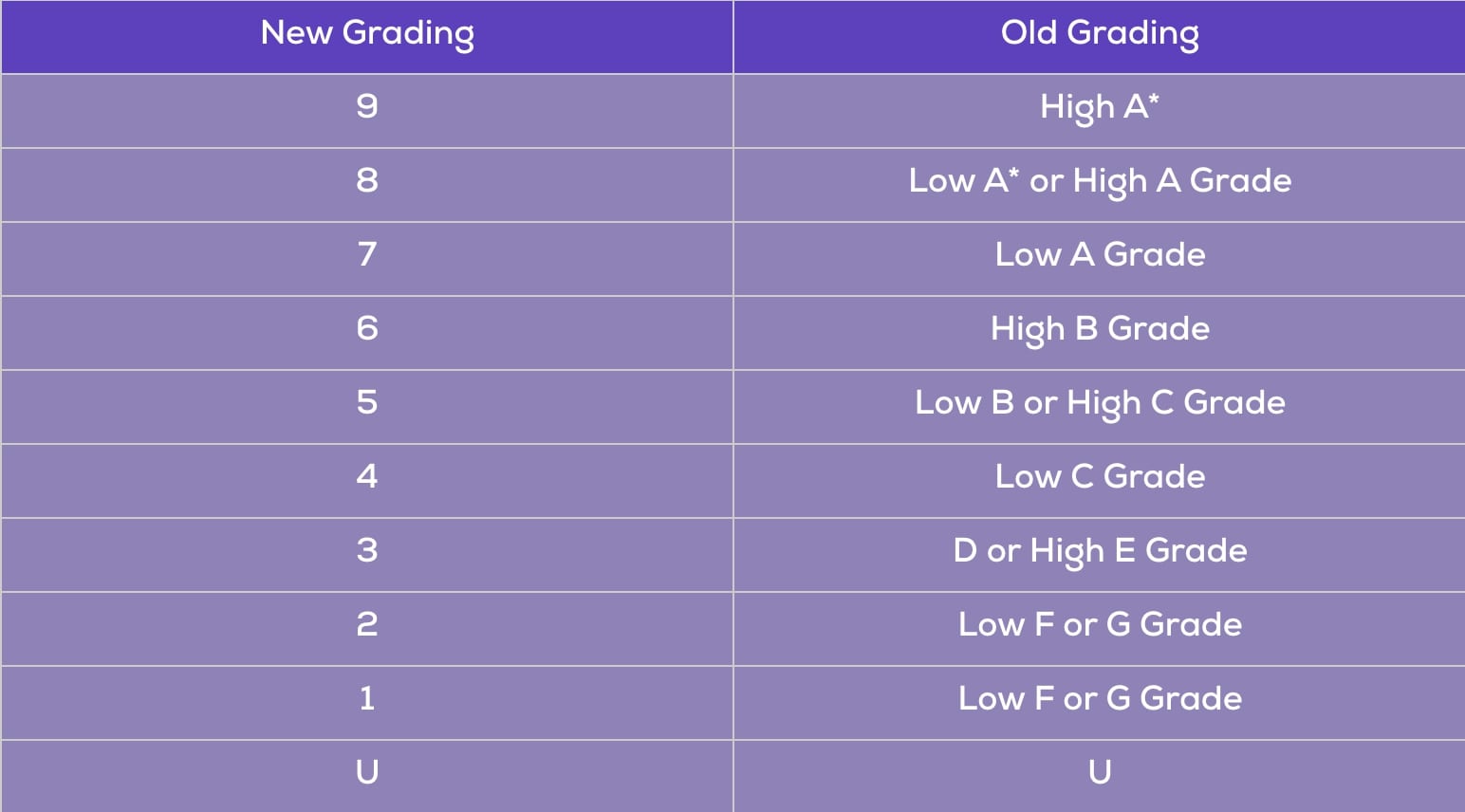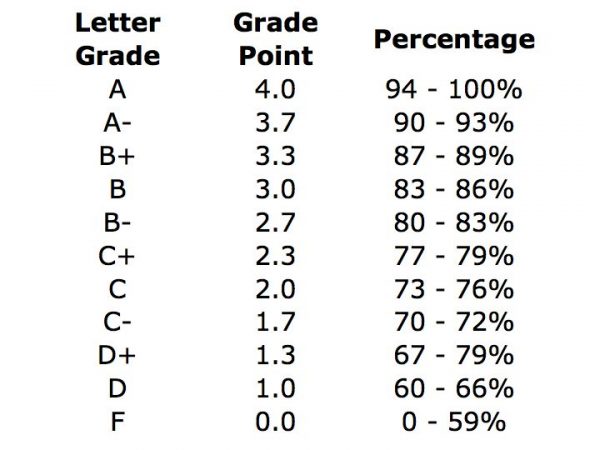What Is 14 Out Of 18 As A Grade

The scent of freshly sharpened pencils hangs in the air, a familiar comfort to generations of students. Sunlight streams through the classroom windows, illuminating the scattered papers and furrowed brows of those eagerly awaiting their exam results. A collective breath is held, a shared moment of anticipation before the floodgates of relief or disappointment are released.
Understanding how raw scores translate into letter grades or percentages is crucial for both students and educators. In the specific scenario of receiving 14 out of 18 points on an assignment, the equivalent grade is approximately 78%, typically translating to a C+ or B- depending on the grading scale employed by the institution.
Grading Scales: A Landscape of Variety
Grading scales aren't universally standardized. The conversion of a numerical score, like 14 out of 18, into a letter grade is influenced by the specific grading policy adopted by a school, district, or even an individual teacher.
Many institutions follow a traditional percentage-based grading system. Generally, 90-100% is an A, 80-89% is a B, 70-79% is a C, 60-69% is a D, and anything below 60% is an F.
However, some institutions might use a more nuanced system. They incorporate pluses and minuses (e.g., A+, A, A-) to further differentiate performance within each letter grade range.
The Percentage Calculation: Laying the Foundation
Calculating the percentage is the first step in understanding the grade. To determine the percentage equivalent of 14 out of 18, you divide the earned score (14) by the total possible score (18) and then multiply by 100.
This yields approximately 77.78%. We can round this up to 78% for practical grading purposes.
Context Matters: Institutional Policies and Teacher Discretion
While the percentage calculation provides a numerical value, the final grade often depends on the specific guidelines outlined by the educational institution. A 78% might be a solid C+ at one school, while at another, it could be considered a low B-.
Individual teachers also often have a degree of latitude in how they assign grades. They may take into account factors such as class participation, effort, and improvement over time.
"Grading is not simply about assigning a number or a letter," explains Dr. Emily Carter, a professor of education at the University of California, Berkeley. "It's about providing feedback to students and helping them understand their strengths and areas for growth."
The Significance of a C+/B- Grade
A C+/B- grade signifies that the student has demonstrated a reasonable understanding of the material. It suggests competence, but also identifies areas where further improvement is needed.
For a student aiming for higher academic achievement, a C+/B- serves as a motivator. It encourages them to refine their understanding, seek extra help, or adjust their study strategies.
This grade can also provide valuable information to teachers. It highlights topics or concepts that may require further clarification or reinforcement in future lessons.
Beyond the Letter: Understanding the Feedback
Focusing solely on the letter grade can sometimes obscure the more important aspect of assessment: feedback. Teachers often provide written comments or verbal explanations alongside grades.
This feedback offers specific insights into the student's performance. It points out strengths, identifies weaknesses, and suggests concrete steps for improvement.
Students should carefully review this feedback and use it to guide their future learning efforts. A grade of C+/B- coupled with constructive criticism can be more valuable than a higher grade without any accompanying explanation.
The Broader Perspective: Grade Inflation and Standardized Testing
The conversation about grading must also acknowledge the broader context of grade inflation and standardized testing. Some argue that grades have become inflated over time, making it more difficult to differentiate between high-achieving and average students.
The emphasis on standardized testing in many educational systems can also influence grading practices. Teachers may feel pressured to align their grading with the demands of standardized tests, potentially sacrificing a more holistic assessment of student learning.
Researchers at the Harvard Graduate School of Education have been studying this phenomena for decades, highlighting the need for continued discussion and innovative approaches to assessing student learning.
Moving Forward: Embracing a Growth Mindset
The journey of learning is rarely linear. Setbacks and challenges are inevitable parts of the process.
Receiving a C+/B- should not be viewed as a failure, but rather as an opportunity for growth. It encourages students to embrace a growth mindset, believing that their abilities can be developed through dedication and hard work.
By focusing on effort, perseverance, and continuous improvement, students can transform challenges into stepping stones towards academic success. A grade is only a snapshot in time; it does not define a student's potential.
Remember education is a lifelong pursuit. It is about gaining knowledge and growing as an individual.

